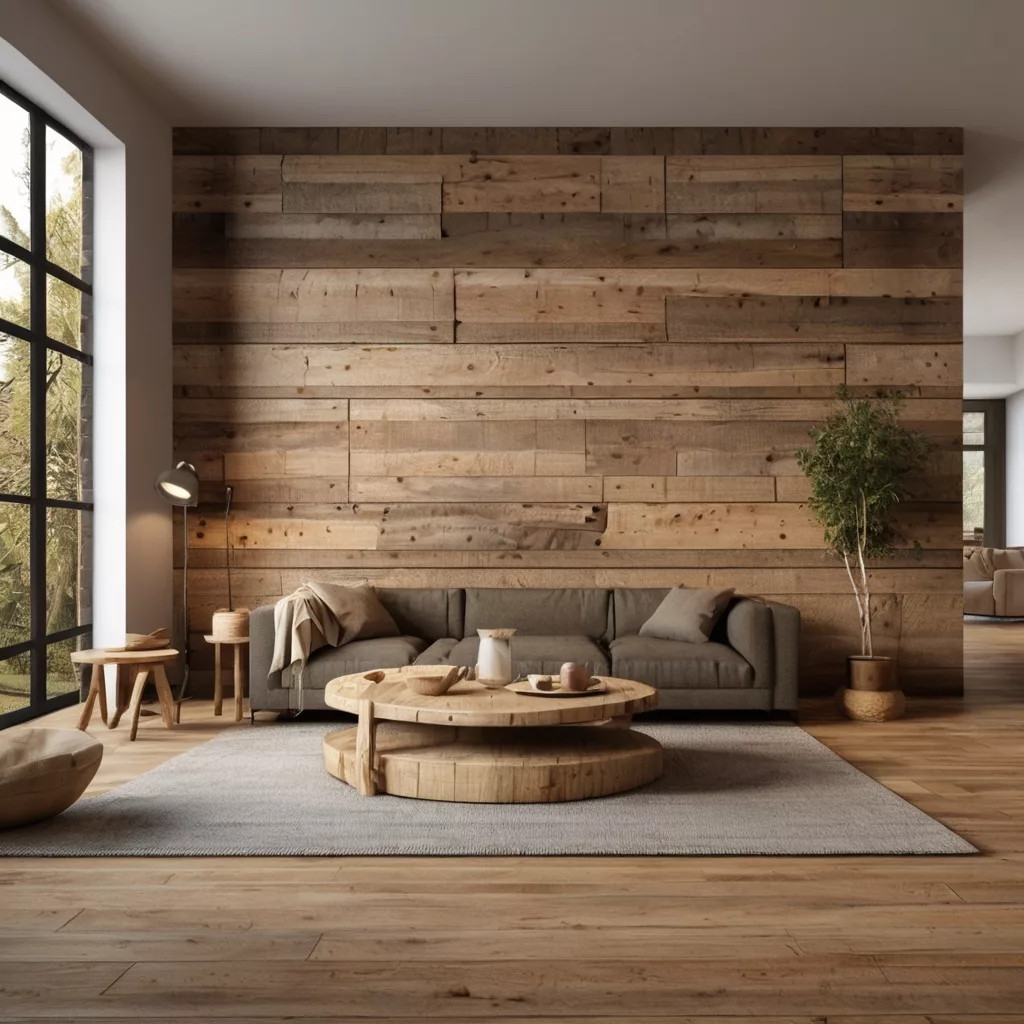Rustic Wall Elements: A Timeless Charm and Modern Applications
Introduction
Rustic wall elements have gained immense popularity in interior and exterior design due to their ability to bring warmth, authenticity, and a touch of nature into any space. Whether used in homes, commercial buildings, or outdoor landscapes, these elements create a balance between tradition and contemporary aesthetics. In this comprehensive guide, we will explore the origins, materials, techniques, benefits, and modern applications of rustic wall elements, as well as exclusive insights rarely found online.
The Origins of Rustic Wall Design
Rustic design originates from rural architecture, where natural materials like wood, stone, and clay were used for their availability and durability. The concept evolved from necessity into an aesthetic preference, appreciated for its raw and unrefined beauty. Today, rustic wall elements are not just a nod to the past but a sophisticated design choice that blends heritage with modernity.
Materials Used in Rustic Wall Elements
1. Reclaimed Wood
One of the most sought-after materials in rustic wall design is reclaimed wood, which comes from old barns, factories, and warehouses. This wood often features unique textures, knots, and natural patina that cannot be replicated with new lumber.
- Pros: Eco-friendly, durable, rich in history
- Cons: Can be expensive, may require treatment for pests
2. Natural Stone
Stone walls provide a timeless and solid rustic appearance. Depending on the region, different stones like slate, limestone, and granite are used to create textured, organic aesthetics.
- Pros: Extremely durable, fire-resistant, weatherproof
- Cons: Heavy, requires professional installation
3. Exposed Brick
Brick walls add an industrial-rustic charm, blending warmth with a raw, unfinished look. Exposed brick is popular in loft-style apartments and vintage-inspired homes.
- Pros: Strong, versatile, low maintenance
- Cons: Can be porous and require sealing in humid areas
4. Aged Metal Accents
Corrugated metal, oxidized copper, and wrought iron are often incorporated into rustic walls to introduce an industrial yet aged look.
- Pros: Adds contrast, industrial appeal, durable
- Cons: Susceptible to rust if not properly sealed
5. Plaster and Limewash Finishes
Traditional plaster and limewash finishes provide a soft, organic texture to rustic walls. Limewash, in particular, creates a breathable surface that evolves over time.
- Pros: Natural, mold-resistant, provides an antique effect
- Cons: Requires frequent touch-ups, delicate application process
Techniques for Creating Rustic Wall Elements
1. Distressed Wood Treatment
Distressing techniques such as wire brushing, torching, or chemical treatments can accelerate the aging process of wood, giving it a well-worn look.
2. Dry Stack Stone Masonry
Instead of using mortar, dry stack stone walls rely on precise stone placement, resulting in a more organic and traditional appearance.
3. Exposed Joists and Beams
Leaving structural elements like wooden beams visible enhances the rustic charm of interior walls.
4. Whitewashing and Antiquing
Whitewashing wood and bricks softens the color palette while maintaining texture. Antiquing methods can be used to give new materials a historic look.
5. Layering Textures
Combining wood, stone, and metal in one wall enhances depth and complexity, making rustic design feel curated rather than outdated.
Modern Applications of Rustic Wall Elements
1. Rustic Accent Walls
Using rustic materials as an accent wall can transform an ordinary space into a design statement.
2. Rustic Fireplaces
Stone and reclaimed wood mantels create cozy, inviting fireplaces, often the focal point of living rooms.
3. Barn Door Wall Installations
Sliding barn doors mounted on rustic walls serve both functional and aesthetic purposes.
4. Outdoor Rustic Walls
Garden walls made from reclaimed wood or stacked stone enhance landscaping with a natural, timeless appeal.
5. Rustic Walls in Commercial Spaces
Restaurants, boutique hotels, and retail stores incorporate rustic wall elements to evoke warmth and authenticity, making customers feel at home.
Exclusive Insights: The Future of Rustic Wall Elements
1. Smart Rustic Walls
The integration of smart home technology with rustic wall design is an emerging trend. Hidden LED lighting, built-in speakers, and touch-sensitive surfaces allow rustic aesthetics to meet modern convenience.
2. Sustainable Rustic Materials
Eco-conscious homeowners are turning to engineered wood, hempcrete, and recycled stone composites to achieve a rustic look with minimal environmental impact.
3. Customizable Textures with 3D Printing
Innovative 3D printing technology is now capable of recreating the look and feel of natural wood and stone, allowing for customizable rustic walls with lower costs and easier maintenance.
4. Biophilic Design and Rustic Walls
Rustic walls are increasingly integrated into biophilic design, where greenery, moss walls, and water features are added to enhance the natural aesthetic and improve air quality.
Conclusion
Rustic wall elements bridge the past and present, offering timeless charm while adapting to modern trends. With an endless variety of materials, techniques, and applications, they remain a top choice for homeowners and designers looking to create spaces that feel warm, natural, and inviting. Whether through reclaimed wood, exposed brick, or natural stone, rustic walls continue to evolve, proving that old-world charm never goes out of style.

